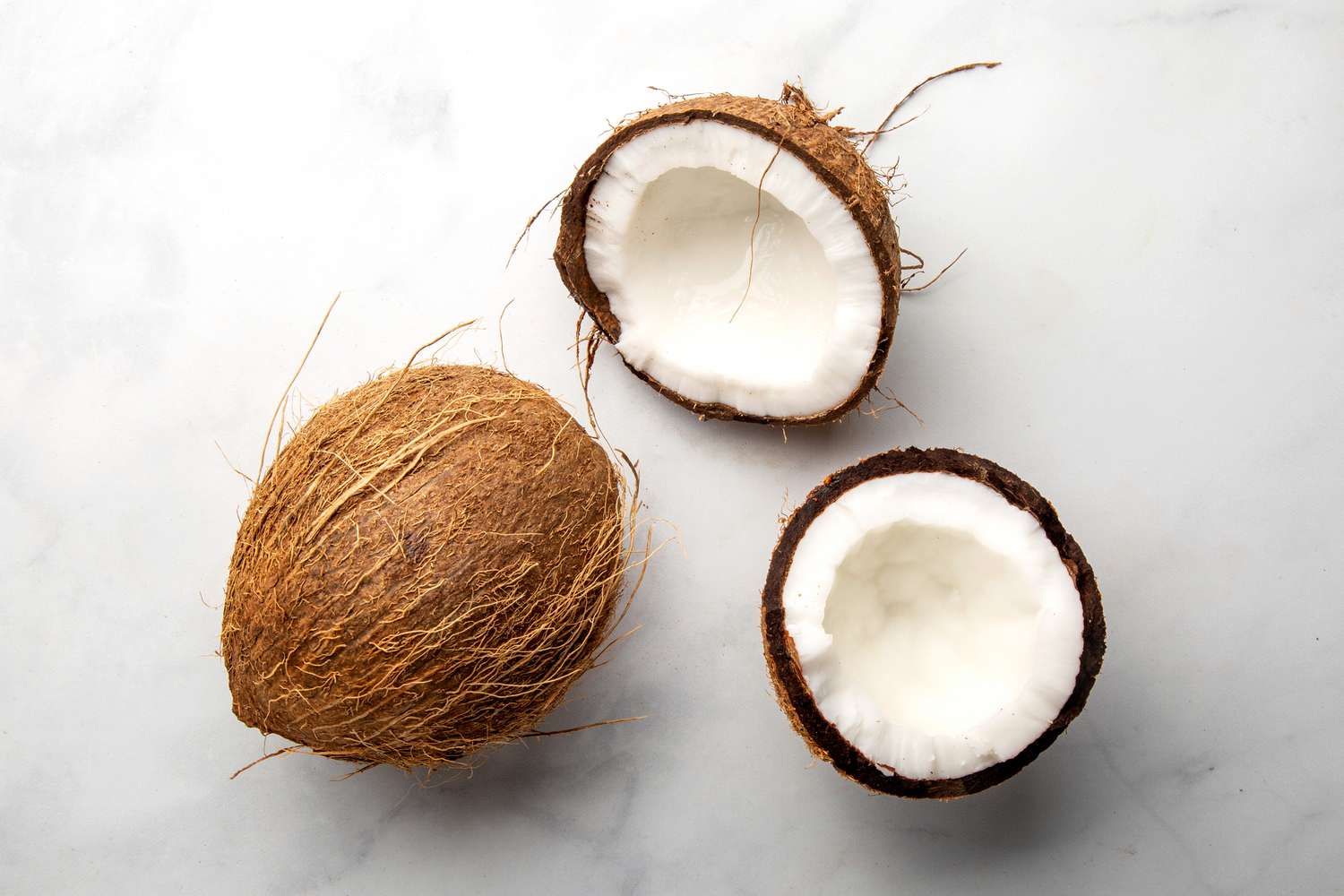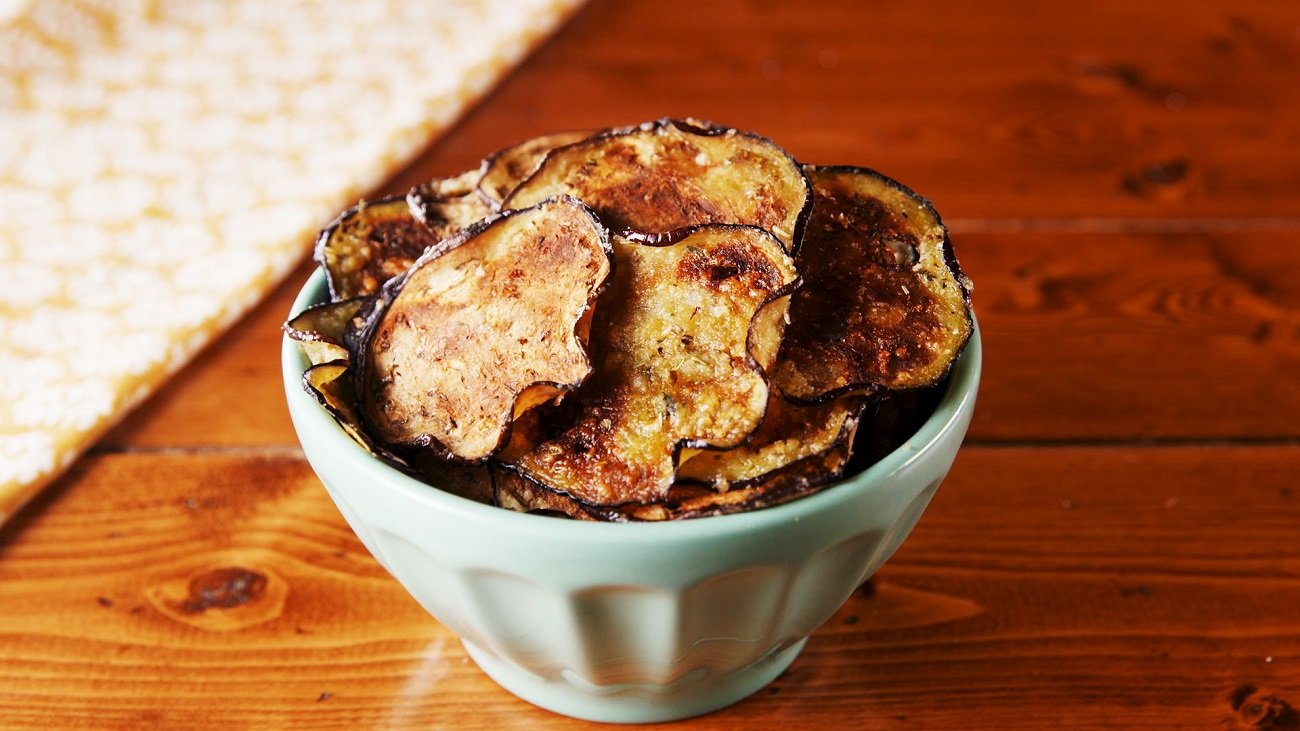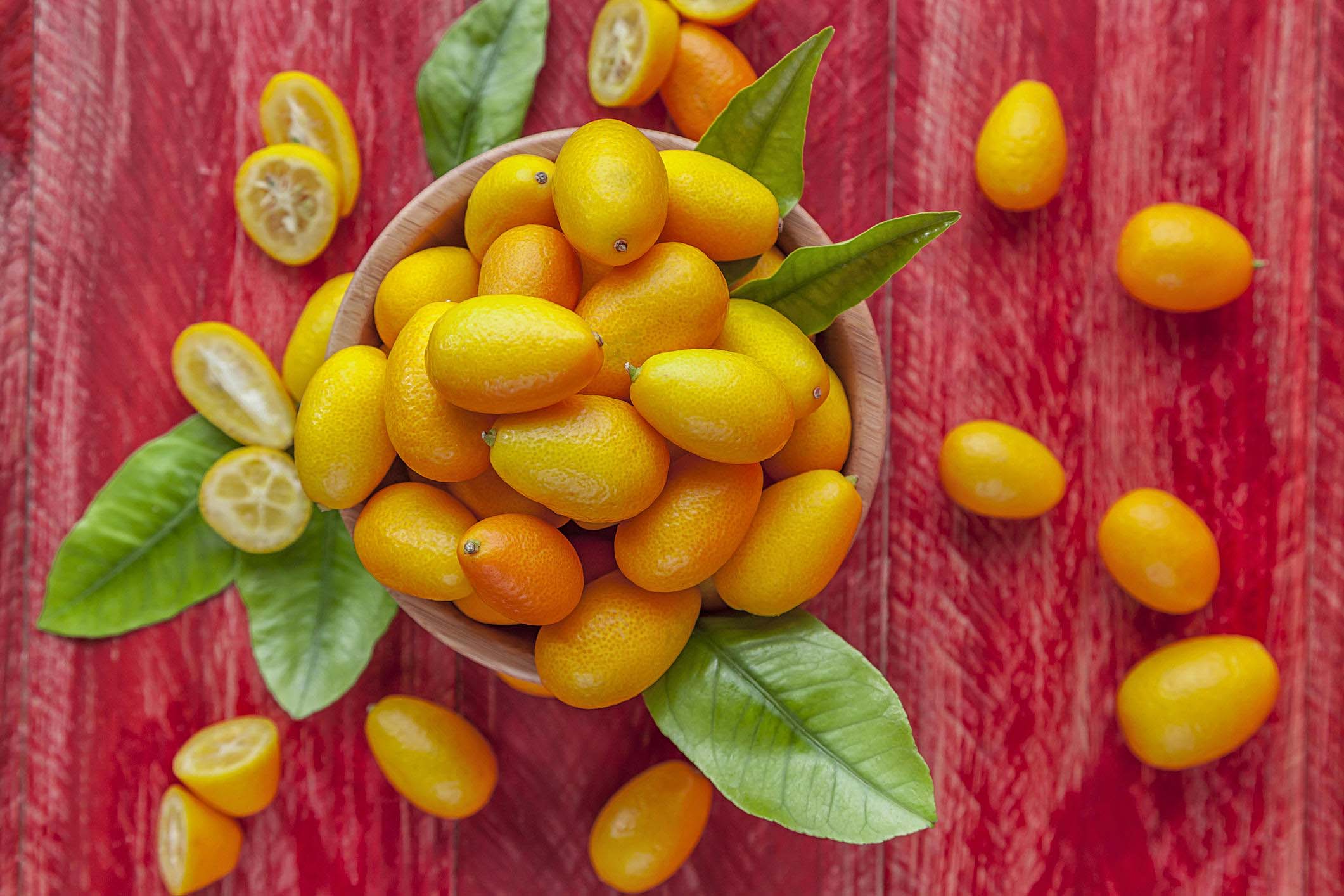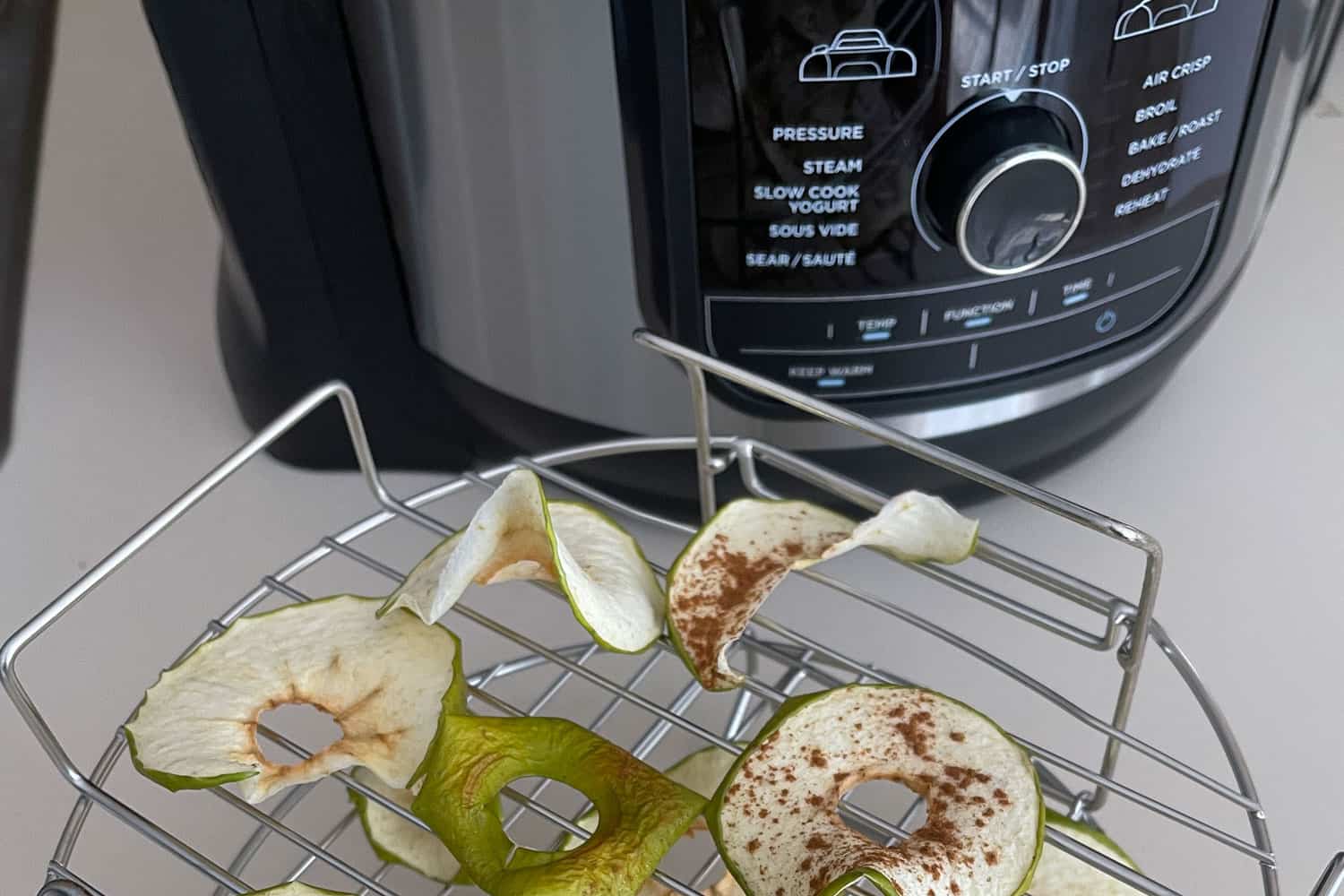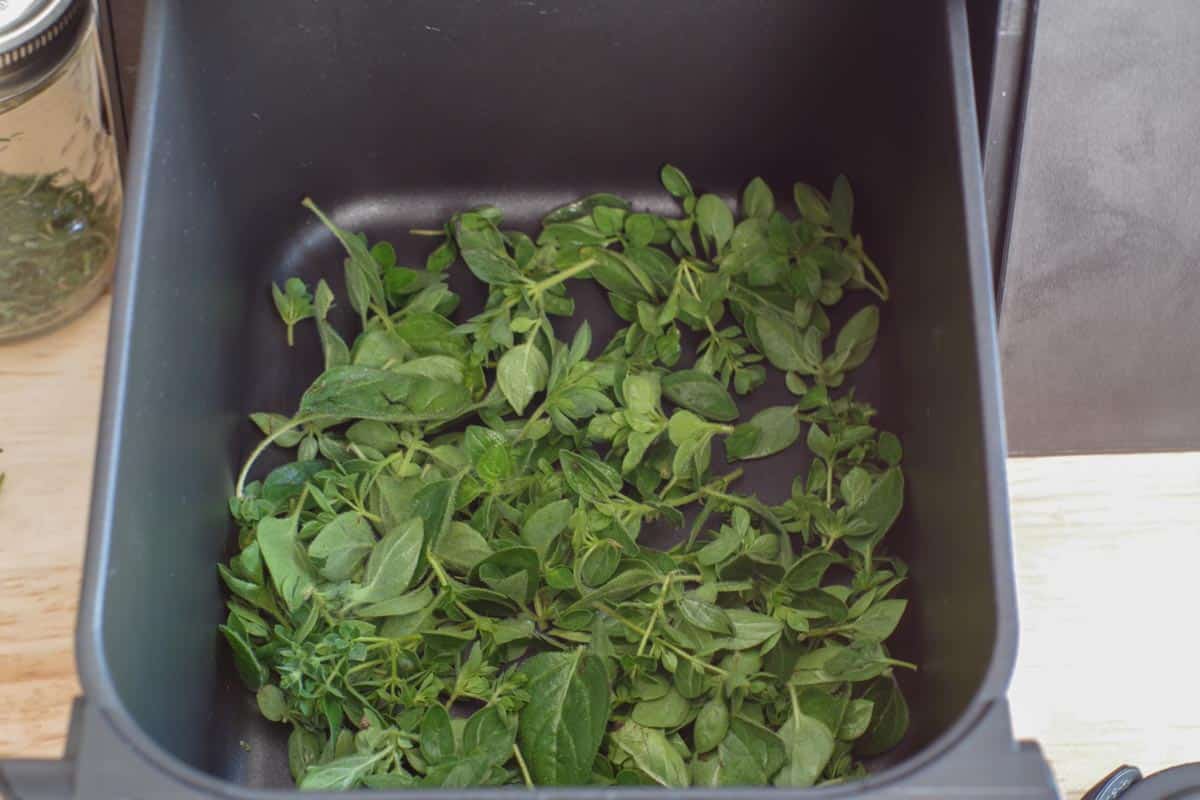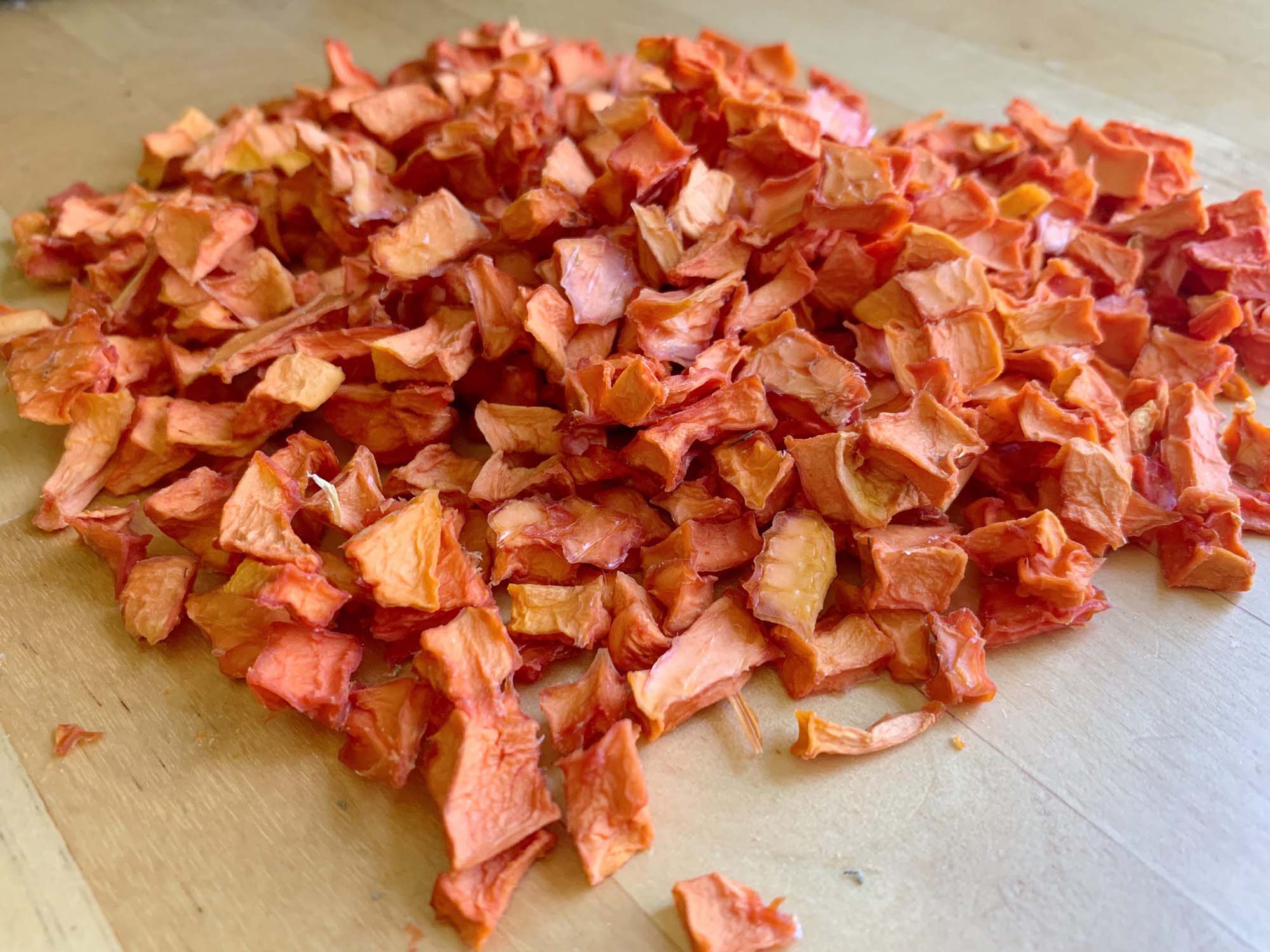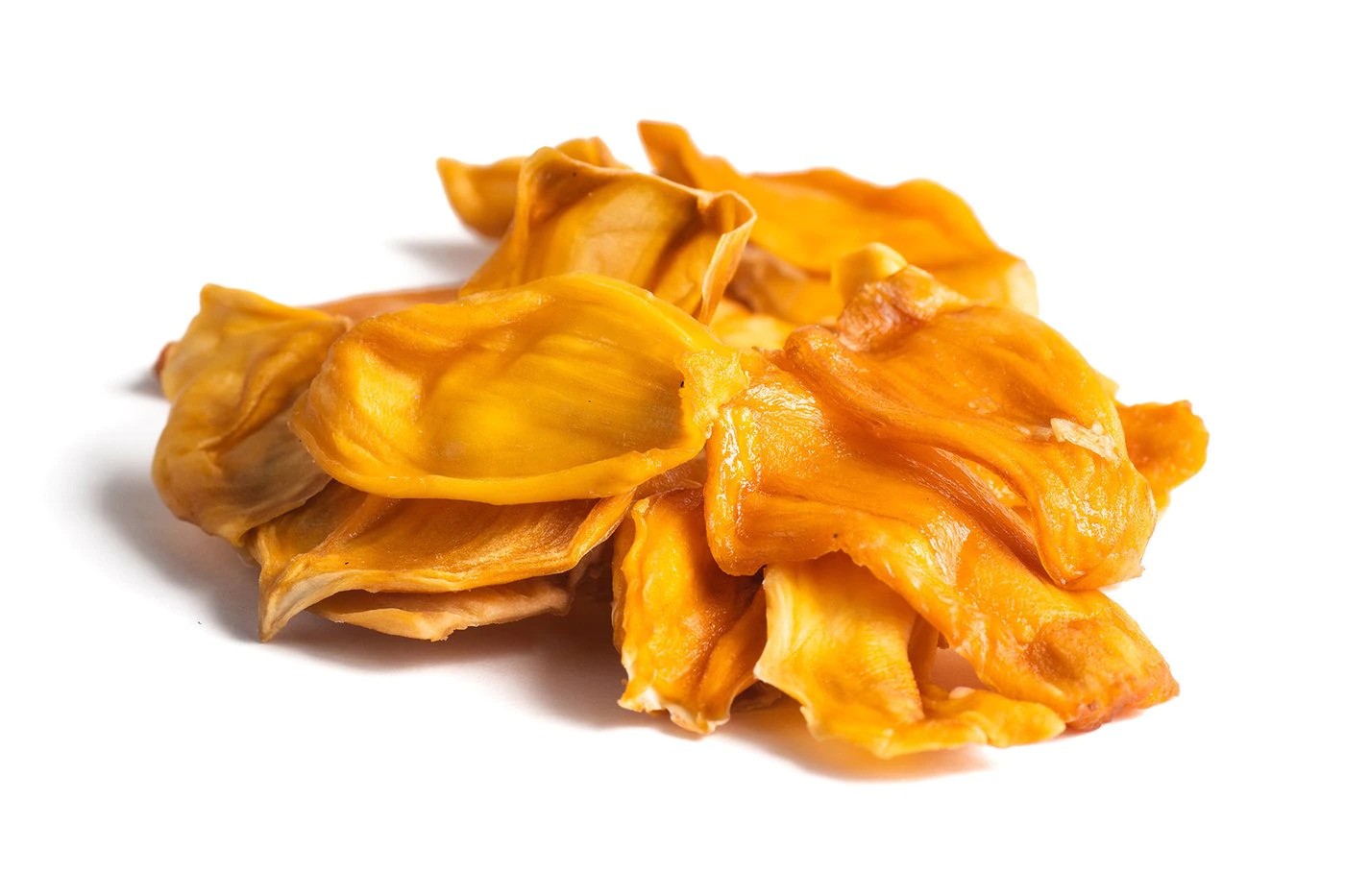Dehydrating Lettuce: A Guide to Preserving Your Greens
When it comes to preserving fresh produce, dehydrating is a popular method that can extend the shelf life of fruits and vegetables. While lettuce is typically enjoyed fresh in salads and sandwiches, dehydrating it can provide a convenient way to have crispy greens on hand for a variety of culinary uses. In this guide, we’ll explore the process of dehydrating lettuce and share tips for achieving the best results.
Choosing the Right Lettuce
Not all types of lettuce are suitable for dehydration. Romaine and leaf lettuce varieties are ideal choices due to their sturdy leaves and high water content. These types of lettuce will dehydrate well and retain their flavor and texture once dried. Avoid using delicate lettuce varieties such as butterhead, as they may not dehydrate effectively.
Preparing the Lettuce
Before dehydrating, it’s important to thoroughly wash and dry the lettuce. Remove any damaged or wilted leaves, and pat the leaves dry with a clean kitchen towel to remove excess moisture. Cutting the lettuce into smaller, uniform pieces will help ensure even dehydration.
The Dehydration Process
Dehydrating lettuce is a straightforward process that can be accomplished with a food dehydrator or an oven set to a low temperature. Here’s a step-by-step guide to dehydrating lettuce:
- Arrange the prepared lettuce leaves in a single layer on the dehydrator trays or baking sheets lined with parchment paper.
- Set the dehydrator to a temperature of 125°F (52°C) or the oven to its lowest setting, typically around 150°F (65°C).
- Allow the lettuce to dehydrate for 4-6 hours, checking periodically for dryness. The leaves should be crisp and brittle when fully dehydrated.
- Once dehydrated, allow the lettuce to cool completely before transferring it to an airtight container for storage.
Storing Dehydrated Lettuce
Proper storage is essential for maintaining the quality of dehydrated lettuce. Store the dried lettuce in an airtight container such as a glass jar or a resealable plastic bag. Keep the container in a cool, dark place away from direct sunlight and moisture. When stored correctly, dehydrated lettuce can maintain its quality for up to 6 months.
Utilizing Dehydrated Lettuce
Once you have a supply of dehydrated lettuce, there are numerous ways to incorporate it into your cooking:
- Add dehydrated lettuce to soups, stews, and casseroles for an extra burst of flavor and nutrition.
- Crumble the dried lettuce and use it as a crunchy topping for salads and grain bowls.
- Blend dehydrated lettuce into a powder and use it as a seasoning for savory dishes.
- Rehydrate the dried lettuce by soaking it in water before using it in sandwiches and wraps.
Conclusion
Dehydrating lettuce is a simple and effective way to preserve this versatile leafy green. By following the steps outlined in this guide, you can enjoy the convenience of having dehydrated lettuce on hand for various culinary applications. Whether you’re looking to reduce food waste or simply extend the life of your fresh produce, dehydrating lettuce is a valuable skill to have in your culinary repertoire.
For those looking to make the most of their dehydrated lettuce, there are several exciting recipes to try out. One standout is the Dehydrated Lettuce and Chicken Soup, which offers a comforting and hearty option for cooler days. For a lighter meal, the Dehydrated Lettuce Salad with Vinaigrette provides a refreshing and unique twist on a classic dish. If you're in the mood for something more substantial, the Dehydrated Lettuce and Beef Stew is a rich and flavorful choice. Additionally, the Dehydrated Lettuce and Herb Seasoning Blend is a versatile option that can add a burst of flavor to various dishes. Each of these recipes showcases the versatility of dehydrated lettuce and provides a delicious way to incorporate it into your meals.
Was this page helpful?
Read Next: How To Dehydrate Mango In Air Fryer
